Jun 27, 2025
Author:Amanda Lyu
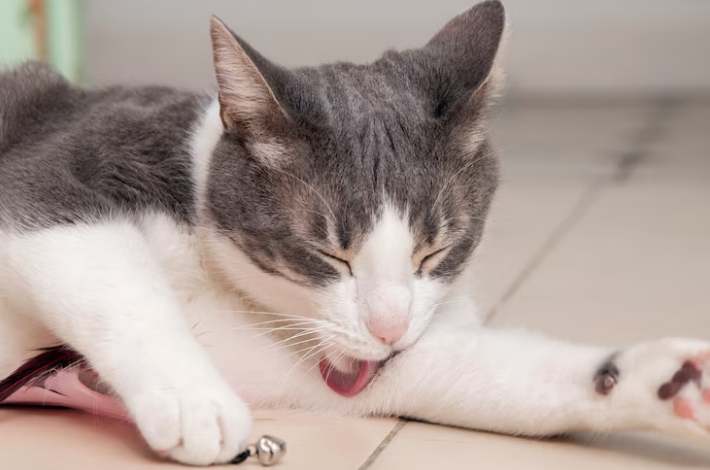
At first glance, cat hiccups seem harmless. Maybe even funny. But here's the kicker—they’re not always nothing. One here or there? It could be fine. When do they keep happening, or tag along with other weird stuff? Time to pay closer attention.
They’re not a diagnosis. They're a signal. It could be food. It could be stress. Could be something else entirely—and skipping over that could cost you. You're not scrolling for guesswork. You want real explanations. This article brings them.
What we’re breaking down:
● What hiccups in cats actually are and how they don’t match ours
● Common triggers—from eating habits to health conditions
● The warning signs that mean it’s no longer cute
● Real things you can do to stop or prevent them in 2025
Still wondering if those odd little spasms are harmless? Keep going. You’ll know.
Hiccups = diaphragm spasm. That’s the short version. A muscle under the lungs squeezes without warning, vocal cords snap shut, and you get that hic sound. The same thing happens in cats, but not exactly the same. Most cats don’t sound like they’re hiccuping. You see it instead: a belly twitch, a pause mid-lick, a little jerk in the chest. Different cause, different look.
We get hiccups from soda, laughing too hard, or talking while chewing. Cats? Not so much. They hiccup from scarfing food, licking too much fur, or something scratching at their throat.
And no, cats don’t get those long, drawn-out hiccup attacks like people do. What you’ll notice is fast. Subtle. Easy to overlook if you’re not tuned in. Once you catch it, though? You’ll spot it every time. And you’ll start to know what’s harmless and what deserves a second look.
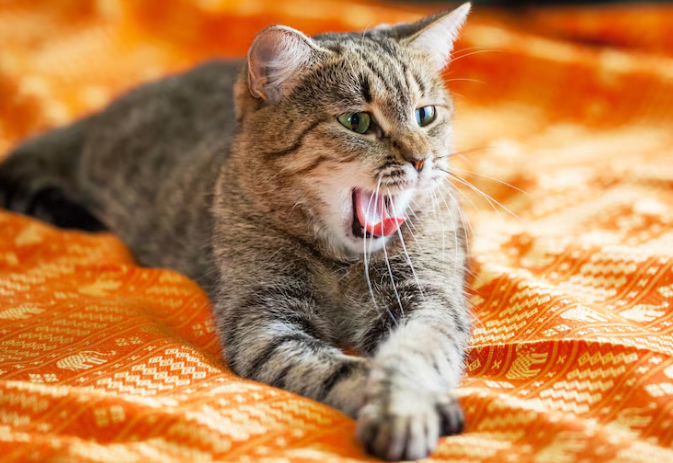
Hiccups aren’t random. They show up for a reason. And nine times out of ten, it’s one of these. Some you can fix in a day. Others need a longer look.
Let’s get into it.
● Fast eating: Some cats don’t chew—they inhale. And when they do? They suck in air with the food. That air lingers, pokes the diaphragm, and boom—spasms. Happens a lot with kittens. Or in houses where every meal feels like a race.
● Hairballs: Lick. Lick. Lick. The fur’s gotta go somewhere. It clumps, it hangs around in the throat, and next thing you know? That upper airway’s irritated. Your cat starts trying to move it, and hiccup-like spasms follow.
● Throat irritation: Rough food. Allergens in the bowl. Or maybe your cat caught a sore throat that won’t go away. The top of the esophagus gets touchy. And when that happens, the diaphragm usually doesn’t stay quiet either.
● Gut issues: Sometimes it’s gas. Sometimes it’s bloat. Or a new food that didn’t land right. Pressure builds in the gut and presses upward, right where the diaphragm sits. That’s all it takes for the spasms to kick off.
● Stress or overstimulation: Stress isn’t always loud. It simmers. Builds. Then something snaps—a bang, a chase, a new scent. And the body lets go of that tension in small, twitchy bursts. Looks like hiccups. But it starts somewhere deeper.
● Respiratory infections: A sniff. A cough. Throat feels off. Even before you catch the bigger signs, that airway’s already inflamed. And yeah, that’s enough to set off some pretty convincing hiccup-like flickers in between the obvious stuff.
● Neurological weirdness: Rare—but real. If the nerves in charge of the diaphragm misfire, spasms happen. Out of nowhere. No meal, no hairball, no cough. You’ll spot it. And if you do? It’s worth bringing up with the vet.
Each cause comes with its own set of clues. Know the signs. You’ll know when it’s routine—and when to take it seriously.
One hiccup? Probably nothing. A few over the weekend? Still not a reason to panic. But when they linger—or show up with other stuff—you’ve got to start paying attention.
Hiccups can be harmless. They can also be one piece of a bigger issue. Sometimes subtle. Sometimes slow. Always worth spotting early. Look for these:
● Frequent hiccups, no clear reason: If they’re happening multiple times a day or on multiple days in a row, don’t ignore them. It could be irritation. It could be reflux. It could be something deeper.
● Coughing or wheezing: Hiccups should be silent. If they start sounding wet, turning into coughs, or mixing with wheezes, you’re in respiratory territory. Things like asthma or bronchitis often show up like this.
● Gagging or vomiting: If hiccups are followed by dry heaving, gagging, or puking? You’re no longer looking at mild irritation. There’s likely pressure, blockage, or inflammation behind it.
● Tiredness or skipping food: Cats don’t skip meals unless they feel off. If your cat’s lethargic or avoiding food—and hiccups are happening too—it’s probably not random.
● Strange posture or habits: Hunched body, frequent swallowing, lip licking—these low-key behaviors can show pain or discomfort. Combined with hiccups? It's time to talk to a vet.
Hiccups aren’t always the problem. But they might be pointing at the problem. Learn to see the pattern early, and you’ll save yourself (and your cat) a lot of trouble.
You’re not trying to eliminate every hiccup. That’s not the goal. You want fewer episodes, less stress, and a clearer routine.
Start here:
● Control the pace at mealtime: Fast food is a problem. Cats need to slow down. That’s why smart feeders work—they space out portions and prevent gulping. WOpet’s automatic feeders do this right. Scheduled meals. Calmer eating. Fewer hiccups.
● Stay ahead of the hairball game: Brushing often = less fur swallowed. Less fur = fewer hairballs. Add hydration support to the mix—WOpet’s water fountains make drinking more inviting, and that keeps digestion flowing.
● Monitor when you’re not home: Cats aren’t going to hiccup on command. Smart cameras, like the ones in WOpet’s feeders and treat dispensers, help you catch those subtle signs during the day. Even better, the two-way audio lets you step in if you see your cat overeating or pacing.
● Keep their environment consistent: Chaos fuels stress. Cats like rhythms. Use feeding schedules and calming routines to reduce the little spikes that can trigger hiccups in sensitive systems. WOpet’s tools help with that kind of structure.
When you manage the triggers, the symptoms fade. That’s what you’re aiming for—less guesswork, more calm.
Not every hiccup deserves a vet visit. But brushing them off completely? That’s where things go sideways. Hiccups are hints. They show up when something’s off—diet, stress, a blocked throat, maybe more. And now? You know how to read those signs.
We walked through what hiccups in cats really are, what tends to cause them, and the not-so-obvious moments when they mean something bigger. You’ve also got solid next steps—from slowing meals to spotting warning signs before they snowball.
This is where smart pet care helps. WOpet’s feeders, fountains, and cameras don’t guess. They support the routines you already care about—and keep your eyes on the things you might miss. You don’t need to change everything. But the little stuff? Feed timing. Observation. Comfort. It adds up fast. Fewer hiccups. Less stress. A calmer, healthier rhythm—for both of you.
Label:
Popular Post

What to Feed a Sick Dog With No Appetite? [2025 Guide]
May 16, 2023
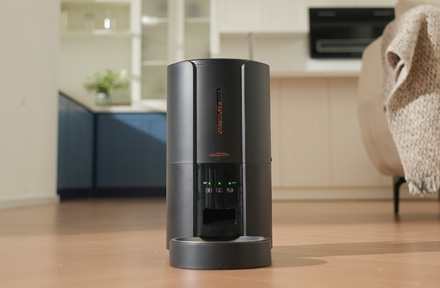
Troubleshooting Common Issues with Automatic Pet Feeders: Tips & Tricks for Pet Owners
Oct 26, 2023
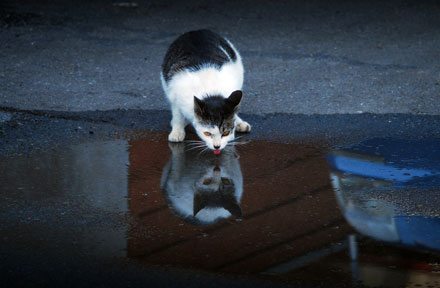
Why Does My Cat Cough After Drinking Water? 8 Potential Reasons
Mar 13, 2023
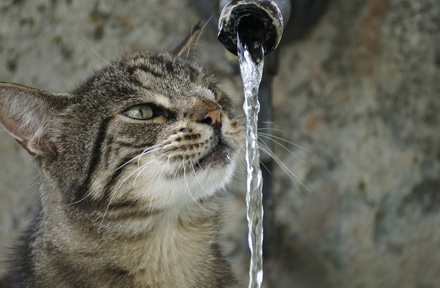
Why is My Cat Throwing up Water? Top 5 Causes Here
Feb 08, 2023
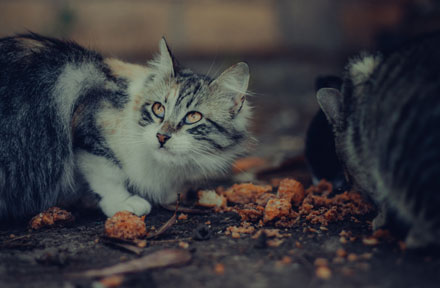
My Cat Only Eats A Little at A Time - What to Do?
Feb 27, 2023
$99.99
$129.99
Copyright © 2025 WOPET. All Rights Reserved.